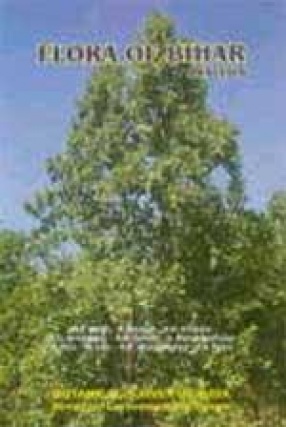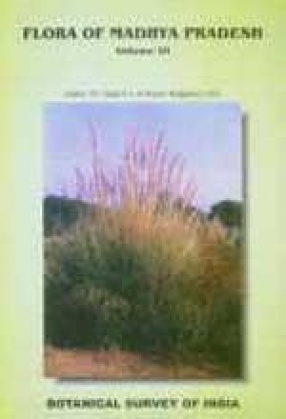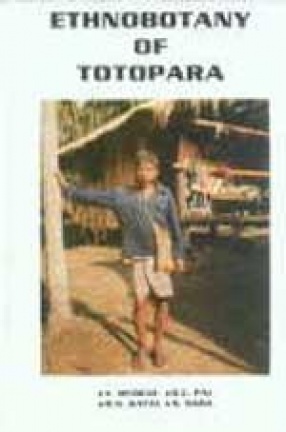Floristic Diversity and Conservation Strategies in India, Vol-I: Cryptogams and Gymnosperms (In 6 Vols.)
Synopsis
The current book in six volumes has now been put forth by the Botanical Survey of India. This is probably the world's most voluminous and exhaustive account of floristic diversity published on any area of the world of the size of India. Its publication is very opportune in another respect; it appears in the golden jubilee year of India's independence. It covers several aspects of floristic diversity, its utility and conservation. The various chapters are authored by well known taxonomists and economic botanists of Botanical Survey of India, and some other organisations. Some chapters have been contributed by very experienced superannuated scientists of Botanical Survey of India. The book has fairly detailed account of the floristic diversity of the country, and is unique in the sense that it deals with varied facets. For example, the first volume contains chapters on different recognised plant groups of nonflowering plants and gymnosperms. The account of lower plants will inform many readers for the first time, the unique diversity in structure and life of these rather less known members of plant kingdom. The second and third volumes deal with different states in various phytogeographic regions of India. The account provides an very interesting and informative broad spectrum, as well as a comparative picture of the large diversity. Among flowering plants, greater details are provided for certain economically or botanically more important or unique groups or genera; for example, grasses (and bamboos) and legumes are specially treated in separate chapters in the fourth volume. Fourth volume also deals with economic aspects. Separate chapters are provided for some groups like agriculture, medicinal plants, and ethnobotany. Genetic diversity in crops or crop relatives is of great value. This aspect has also been dealt. Conservational aspects have been dealt with in fifth volume. Proper conservation is the ultimate objective of such studies, and the editors and authors have given close attention to this by providing descriptions of in-situ and ex-situ methods and status in variety of habitat conditions, terrestrial or aquatic in fifth volume. Some modern approaches and topics like questions of IPR or methods of biotechnology have not escaped the attention of authors. The book has several useful appendices and indices. Readers will find them handy, for ready reference to contents of these volumes as also to certain related matters. These volumes are also a good example of interdisciplinary approach and cooperative efffort in handling a topical but also very vast subject like biodiversity and its conservation. These volumes will serve as very useful guides to naturalists, biologists, and environmentalists. The data in the book are based on life-time work and experience of the authors. The contents of the book can, therefore, be taken to be quite authentic and exhaustive, if not the last word for today's situation. The contents cover various groups of the plant kingdom, and the information should be useful for utilisation and conservation of these bioresources, and also for further critical research. The book is illustrated with numerous colour pictures; several of them are of unique habitats, plants or plant products. The book will also help in the assessment of major gaps in our knowledge in any groups of the plant kingdom or in geographic regions of the country. The book will serve as a very useful reference work for some decades and it should be welcomed by researchers in all departments related to plant resources like agriculture, forestry, indigenous systems of medicine, university botany departments, ane even for development planners.
Read more
45.60
41.04
$
48.00 $
Free delivery Wolrdwidе in 10-18 days
Ships in 2-4 days from New Delhi
Membership for 1 Year $35.00
Get it now and save 10%
Get it now and save 10%
BECOME A MEMBER
Books by the same authors
-

Botany of Kaziranga and Manas
-

Fascicles of Flora of India: Fascicle 22
-

Flora of India: Introductory Volume (Part 1)
-

Flora of India: New Series: Malpighiaceae-Dichapetalaceae (Vol. 4)
-

Flora of Bihar: Analysis
-

Flora of Madhya Pradesh: Angiosperms (Hydrocharitaceae to Poaceae) and Gymnosperms (Volume III)
-

A Hand Book of Ethnobotany
-

Ethnobotany of Totopara






Bibliographic information
V. Mudgal